From Office to Cockpit: How Indian Working Professionals Are Becoming Commercial Pilots?
The Indian aviation industry continues to grow from strength to strength. Traditionally, many young people dreamed of becoming pilots
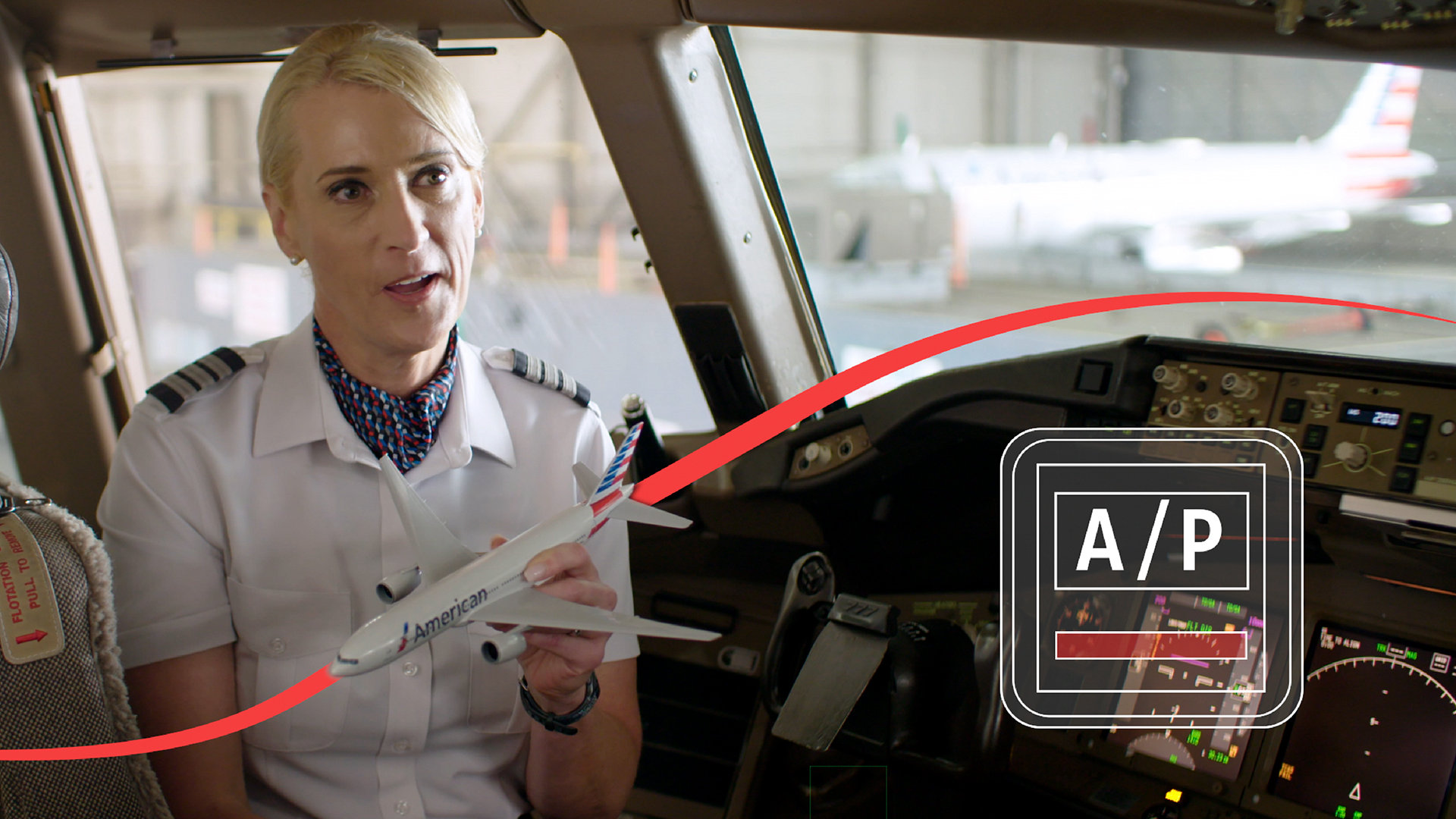
If aeroplanes have autopilot systems, then what is the need for pilots? The autopilot systems are extremely sophisticated and can handle the entire flight. But is it the full reality? No, the reality is much more complex. While automation has a big role to play in modern aviation, there are reasons why we cannot depend entirely on autopilot systems. Human pilots are essential to flight operations because the systems need human judgment, flexibility and oversight.
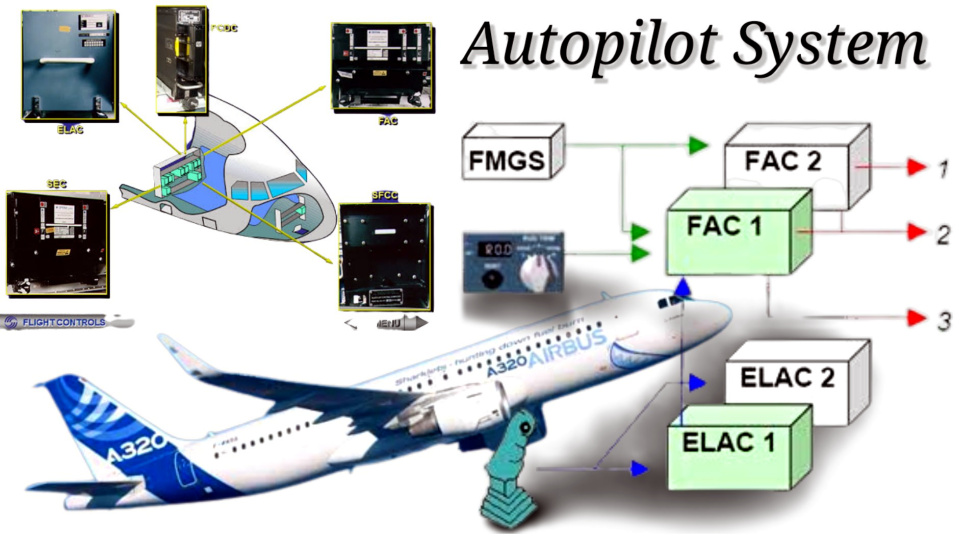
Autopilot systems in aviation were originally designed to maintain level flight. Autopilot systems of today are combined into the aircraft’s flight management systems and can handle everything in aviation. These systems decrease pilot workload, improve fuel efficiency and improve safety by executing detailed manoeuvres. On long flights, autopilot can manage the aircraft, freeing pilots to focus on monitoring systems, communicating with ATC and preparing for the several phases of the flight.
However, autopilot does not equate to full autonomy. These systems follow pre-programmed instructions based on data inputs and cannot make truly autonomous decisions. That’s why human pilots will always be an integral part of the aviation industry.
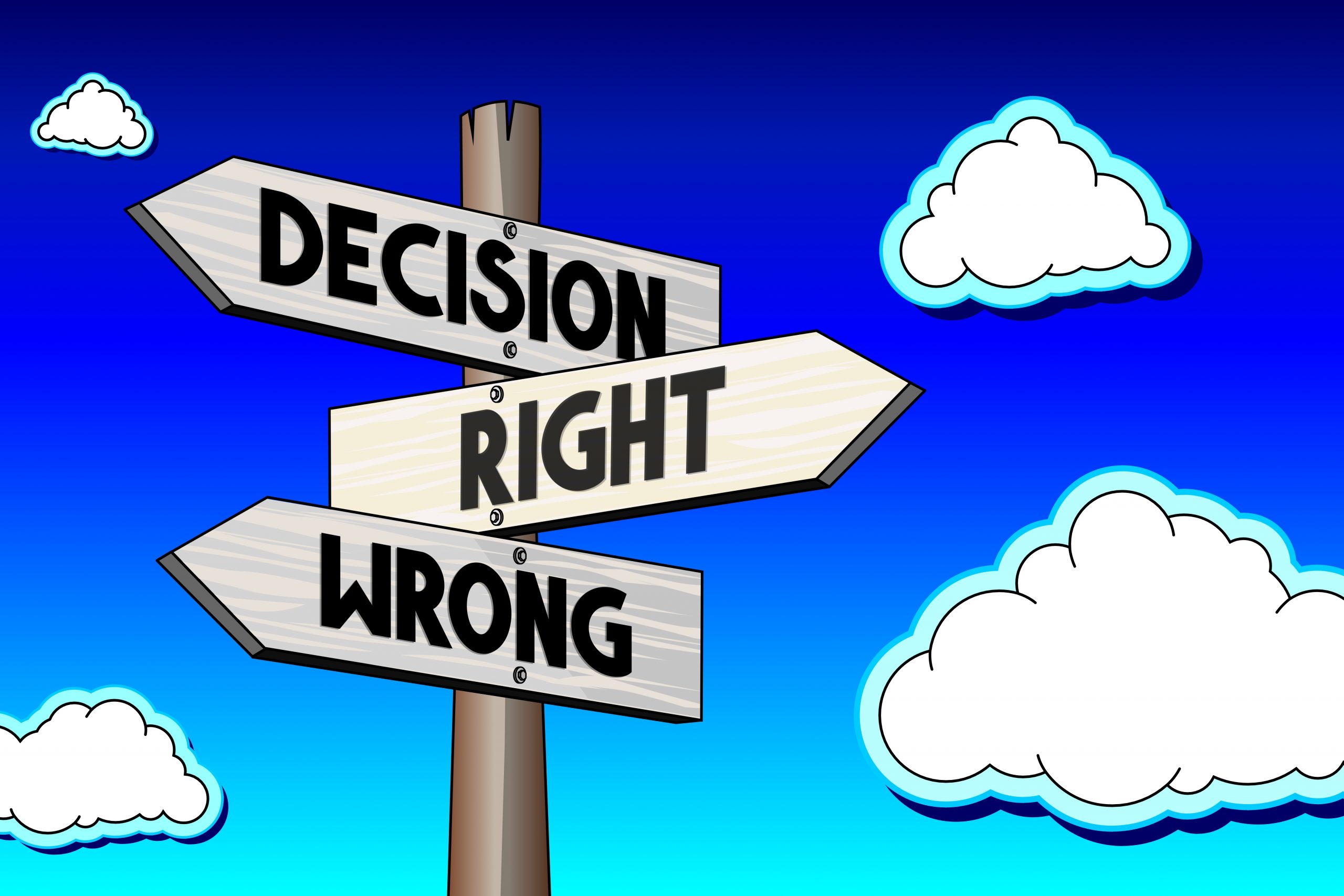
While autopilot is exceptional at following a planned route and maintaining flight parameters, it cannot interpret complex situations. Pilots, in contrast, can recognize and respond to unexpected scenarios, from weather changes to technical blips and medical emergencies.
For instance, when an engine fails after a bird strike, autopilot systems cannot analyze the damage, evaluate landing alternatives, communicate with air traffic control (ATC), and perform an emergency landing. That requires creative problem-solving and rapid thinking, which humans currently have. Similarly, when turbulence occurs, pilots might need to physically adjust the aircraft’s attitude or trajectory in real time.
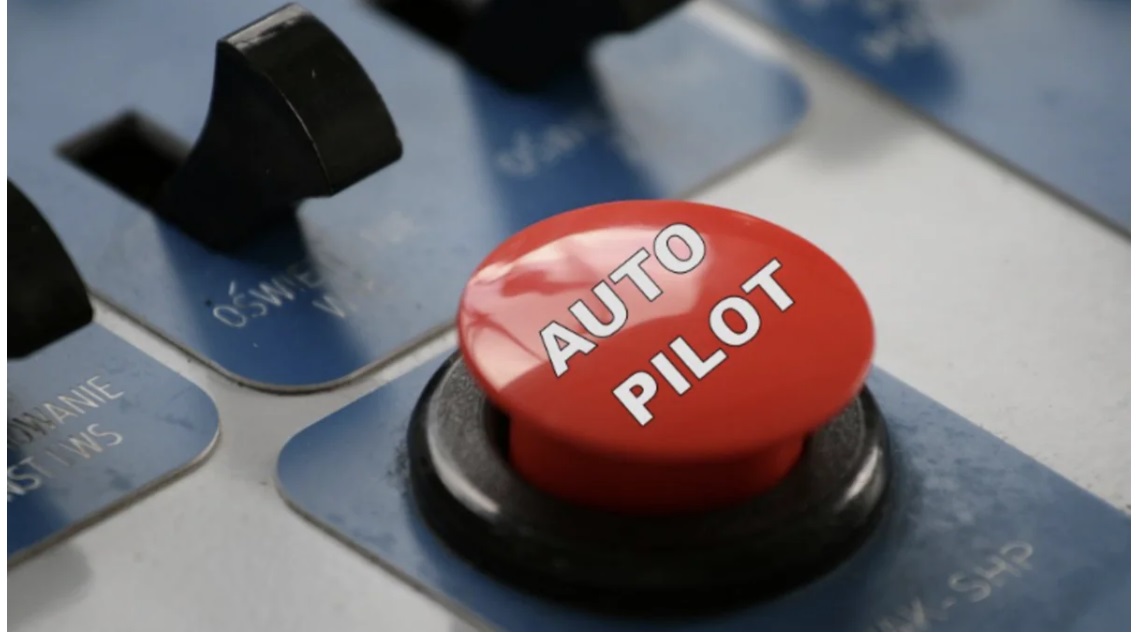
Autopilot systems rely on inputs from GPS, airspeed indicators and gyroscopes. If these inputs become faulty, as happened in the Air France Flight 447 crash of 2009, the autopilot can rapidly become faulty or even dangerous, to say the least. In such situations, pilots should manually take control of the aircraft.
Furthermore, during takeoff and landing, the autopilot is often disengaged or used only to a limited extent. These moments require precision and flexibility, particularly in adverse weather conditions. Autopilot might assist with approach and landing under certain conditions, but pilots still need to monitor every characteristic and take over if anything goes off-center.
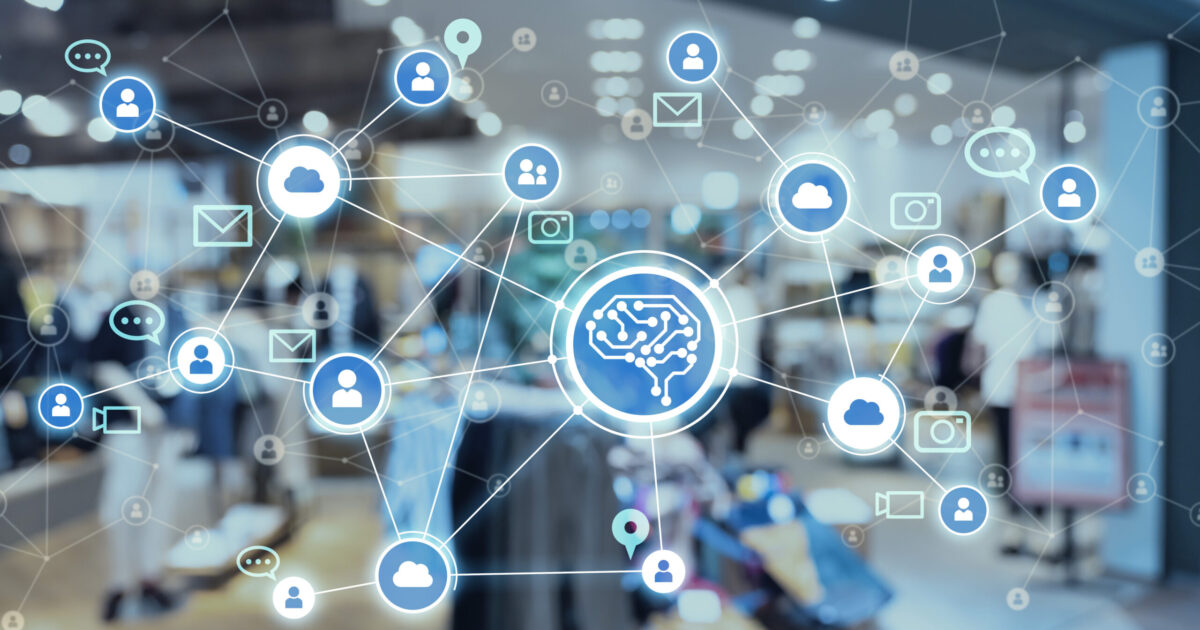
Many aviation accidents occur due to human error. Over-reliance on automation can bring about automation complacency, where pilots become less involved or slower to react because they expect the systems to handle everything. This underscores the requirement for a balanced approach; automation should assist, not swap, the human role.
Pilots undergo rigorous training to manage errors and maintain safety even when systems fail. They can troubleshoot complex automation systems. Autopilot systems can behave unpredictably, possibly due to software bugs; therefore, pilots must diagnose the problem and determine the best strategy for deployment. Their continuous training ensures they are prepared for various contingencies that automated systems are not designed to handle independently.

Pilots continually coordinate with air traffic control, other aircraft, airline dispatchers, and ground staff. These interactions involve dynamic decision-making and communication, often under pressure or in rapidly changing conditions. While some automated communication tools exist, no system rivals the clarity, nuance, and receptiveness of human-to-human interaction in high-stakes environments.
Also, not all airports are equipped to interface flawlessly with fully automated aircraft. Human pilots can adapt their strategies in real-time. These circumstances demand flexibility and fly judgment that are well beyond the competencies of even the most cutting-edge autopilot systems.
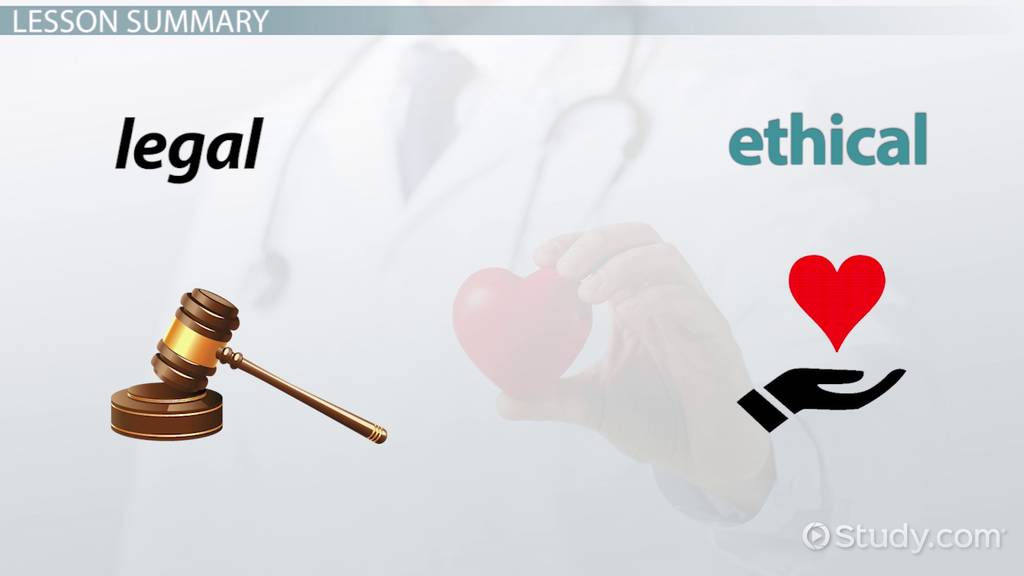
When an accident or deviation from standard procedures occurs, accountability must be recognized. Pilots are responsible for the safety of the flight. Removing or curtailing their role presents a grey area regarding who is to blame if something goes wrong. Until lawful frameworks and public trust in automation change further, fully autonomous commercial flight remains a contentious proposition.
Even as know-how advances towards advanced levels of automation, regulators emphasize the significance of human oversight. Mostaviation regulations mandate that pilots should be in the cockpit at all times, even for aircraft that have highly automated operations.
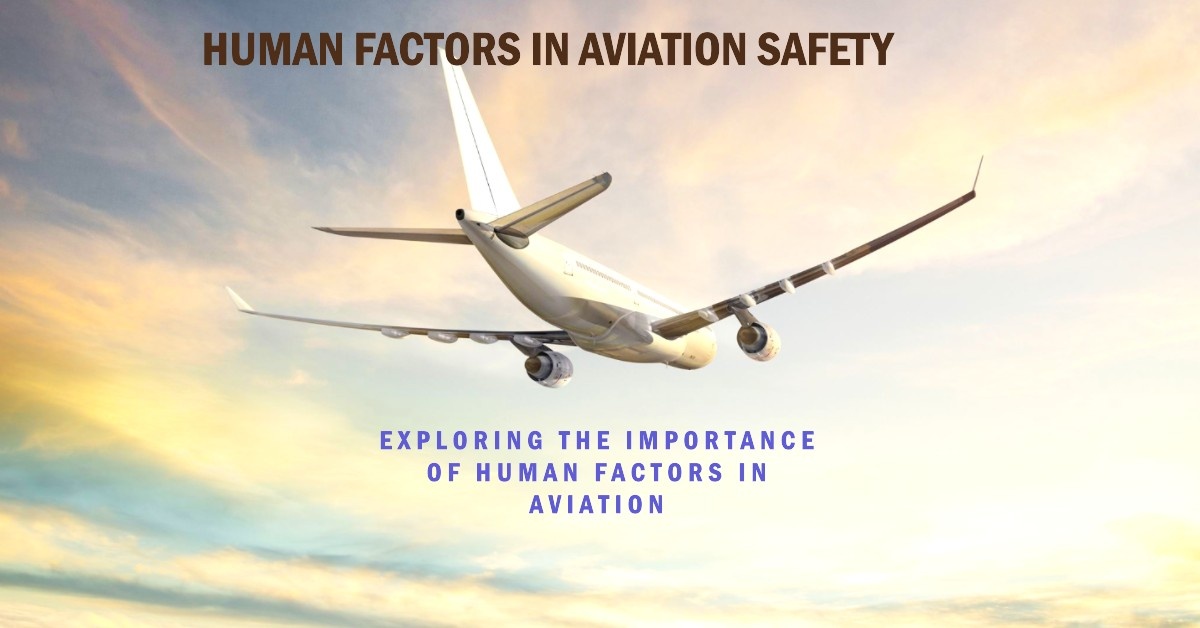
Most people are more content knowing that trained experts are at the controls. Despite the advent of self-driving cars, for instance, fully autonomous commercial aeroplanes still induce hesitation in many travellers. Pilots provide assurance and poise, particularly throughout turbulence, delays, or emergencies. Removing pilots entirely could create anxiety.
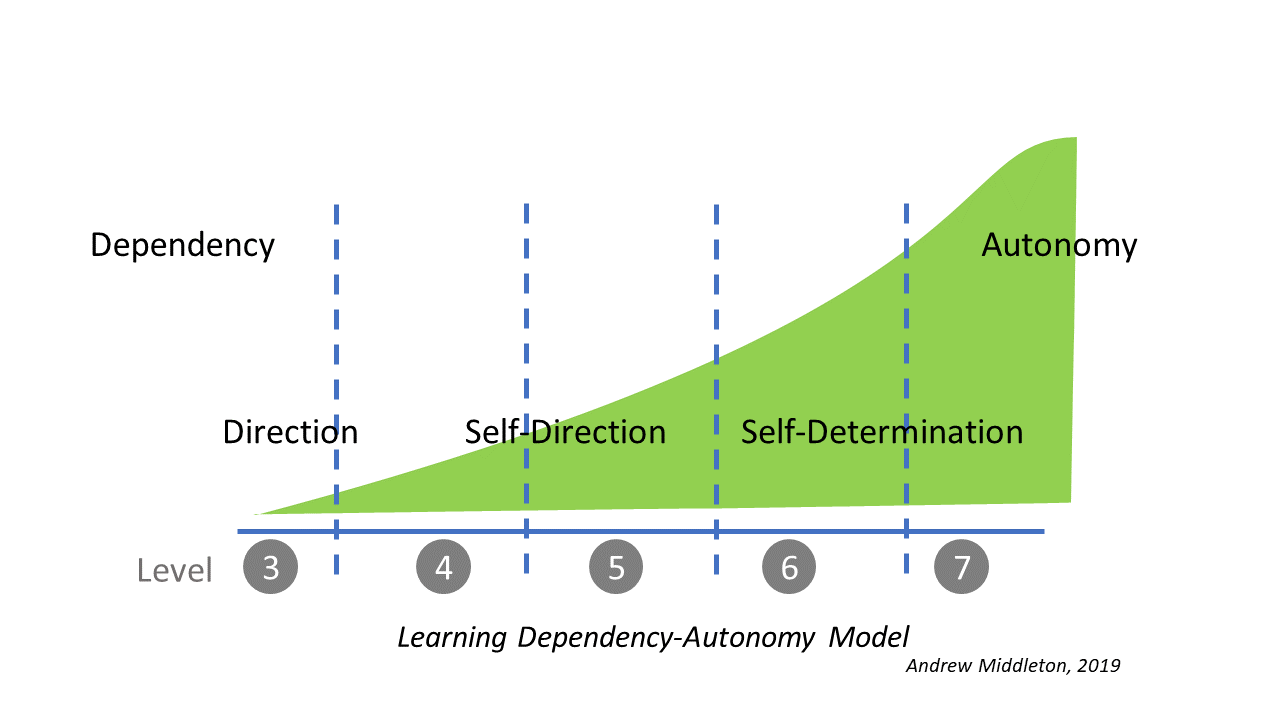
AI-driven decision support systems are well underway. Startups and major manufacturers are experimenting with autonomous air taxis and delivery drones. Although these are typically small-scale processes in controlled environments, they still rely on human oversight throughout development and deployment.
In commercial aviation, hybrid systems can dominate the near future, where pilots are on board but are supported by smarter systems. These technologies can decrease workload, advance consistency, and even help avert errors, but they are not alternatives for human skill and intuition.
Autopilot is a notable tool that has transformed modern aviation; it is not a replacement for human pilots. Its strengths lie in managing routine tasks and enhancing performance, but it falls short in handling unforeseen situations, making instantaneous decisions, and ensuring overall flight safety. Pilots bring human judgment, flexibility and answerability to the cockpit. They are vital not just for working safety, but also for communication, coordination and passenger trust.
Therefore, it is clear that there is no substitute for pilots, and an autopilot system can only aid them, not replace them. If you want to become a commercial pilot, it is mandatory to join an aviation academy such as Flapone Aviation. Here, you will not just become familiar with the theoretical aspects of aviation but also learn to fly aircraft in reality. Come, join us now.
Connect with our aviation mentors to find the right path toward becoming a licensed aircraft pilot.